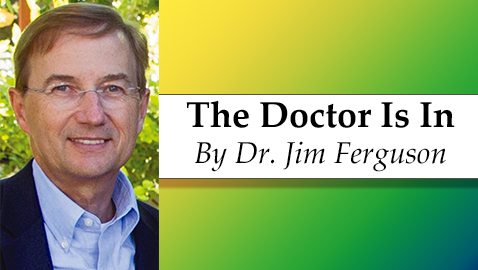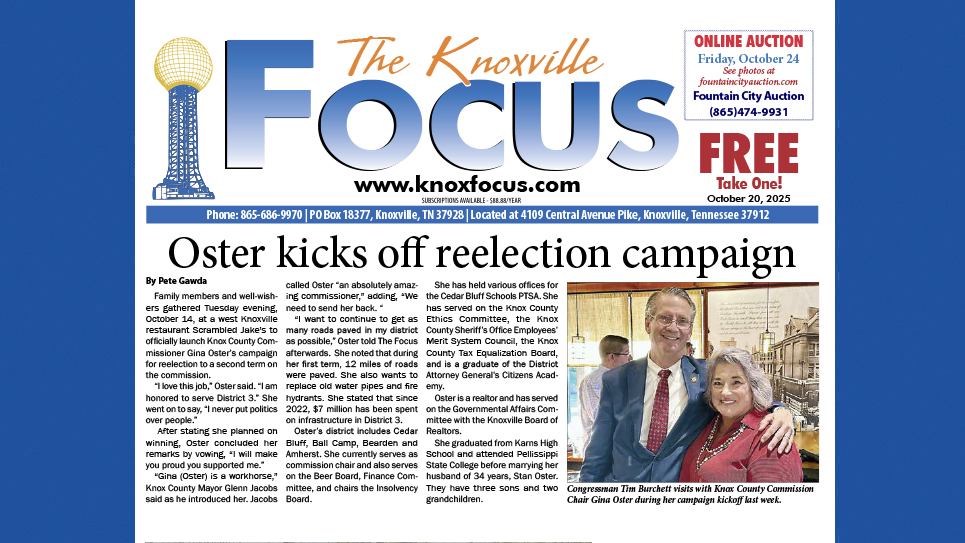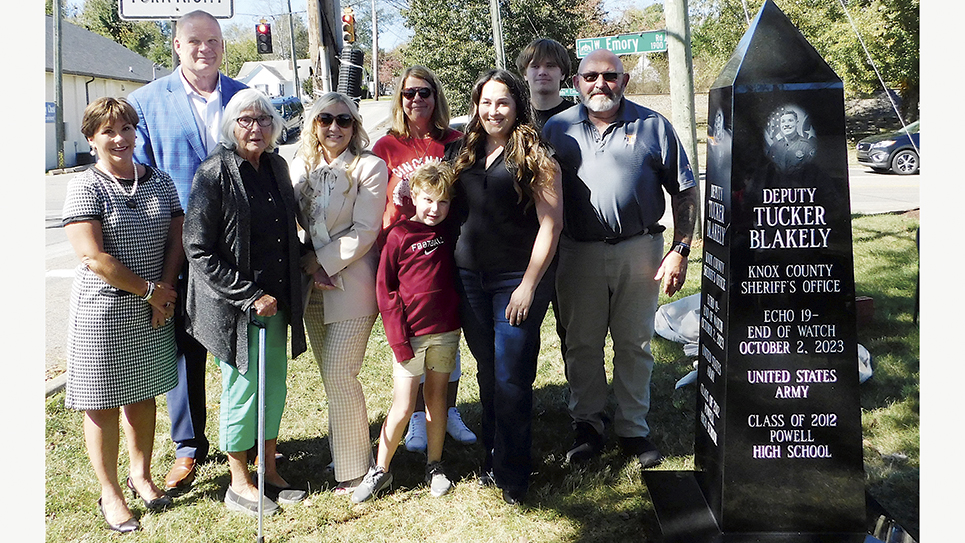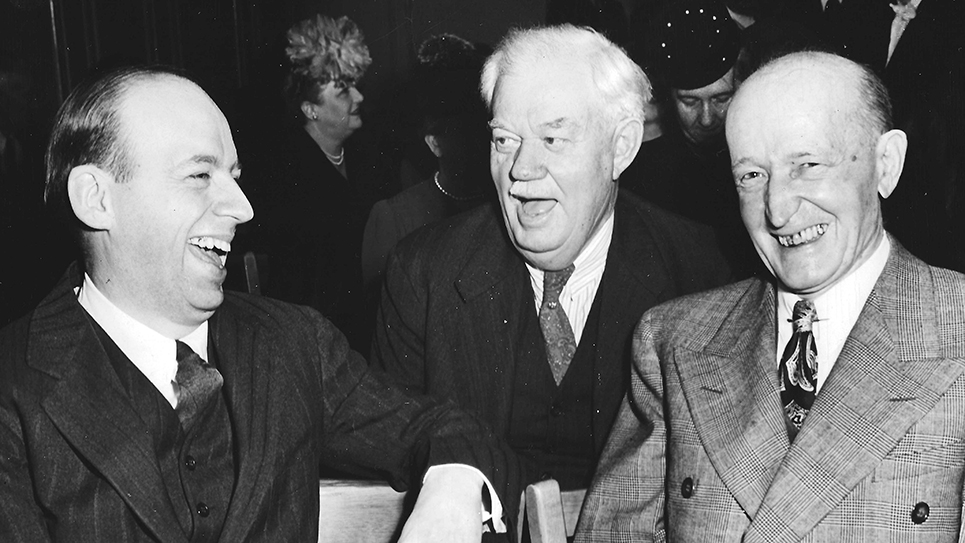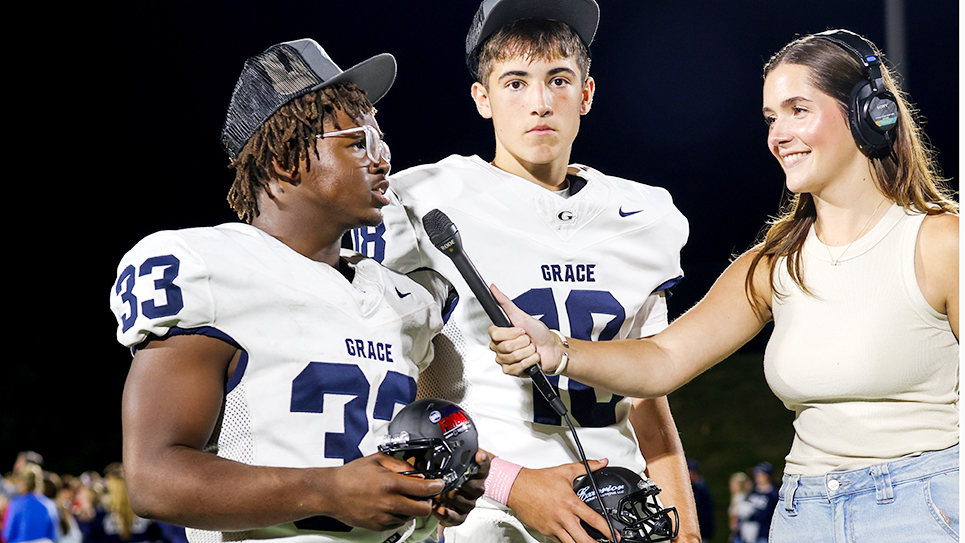I hate to write; I love having written.
Dorothy Parker
As a writer I have to disagree with Ms. Parker, the famous poet, satirist, critic and writer. But then she was perhaps best known for her wisecracks. My corollary to Parker’s quip is, “I enjoy writing; I love having written.”
Sometimes the most difficult aspect of writing is the beginning. But the focus of this week’s essay is the ending. . . of the Tennessee River.
I have always been interested in rivers. Civilization arose along rivers. The most notable are the Nile in Egypt, the Tigris and Euphrates rivers in the Middle East (Mesopotamia translates as the land between the two rivers) and the Indus River of the Far East. Rivers supply necessary water for people, animals and crops, and provide a source of food (fish) and a means of transportation.
I learned first-hand about river transportation of heavy loads when Becky and I once took a trip on man-made canals in England. Nineteenth century roadways were poor, so canals were often dug near rivers to move loads by boat. Locks were constructed on the canals to control water levels and we learned to work the locks as we steered our refurbished sixty-foot canal barge through the English countryside. Quite an adventure!
Last week I mentioned the three previous essays I had written about our Tennessee River. It is a truism that we often take for granted things in our neighborhood or sometimes our backyard. As we cruised English canals the locals would often ask us what we were doing as we motored by their gardens alongside the canals.
I’ve been in most areas of Tennessee, but realized I knew little about our river where it traverses the northwest corner of Tennessee before joining the Ohio River just across the state line in Paducah, Kentucky. So, this week The Doctor Is In the third grand division of our state.
I had heard of the Land Between the Lakes, but did not know the area was formed by the Tennessee and Cumberland Rivers in northwest Tennessee and southwest Kentucky. Actually, Barkley Dam impounds the Cumberland River as Lake Barkley, and the Kentucky Dam does the same for the Tennessee River to form the Land Between the Lakes. Interestingly, the impounded Tennessee River is called Kentucky Lake. I guess the builders of the dam get to name the waterway they create. (There is also a navigable canal between the two lakes, but I couldn’t find its name.) Below Barkley Dam the Cumberland River finally joins the Ohio River. Ten miles further downstream, the Tennessee River flows into the Ohio River. And about forty miles later, the Ohio joins the mighty Mississippi at Cairo, Illinois – not Cairo, Egypt!
The now conjoined rivers afford barge transportation of grain and other products throughout Tennessee, Kentucky, Alabama, Ohio and the Midwest. Additionally, flood control is aided, recreational areas are created and electric power is generated. Recall, the TVA was established in 1933 to control flooding and provide electrical power in the Tennessee Valley.
The lovely Ms. Becky taught me that life flows through relationships. This obviously applies to people, but also our relationship with God. We are seeing what happens to a society that emphasizes government instead of God.
We crossed the rivers and proceeded inland to Sikeston, Missouri, where Becky reconnected with a college buddy. Not being the sharpest knife in the drawer, I knew that if I wanted to go to medical school, I had to choose the college library over a fraternity. I don’t regret this decision, but I am a bit envious of the relationships Becky developed in college. The two college buddies resumed their relationship like they were never separated by time and distance. I just listened from the backseat as we toured Cape Girardeau on the Mississippi River and hometown of Rush Limbaugh. I learned that towns on the Mississippi have permanent ten-foot wall dikes often adorned with colorful murals of history and notoriety.
I had always heard of Reelfoot Lake, a fisherman’s haven, but I had never been to our next stop. (I no longer fish except at the Kroger meat department.)
My Dad was a fisherman and growing up we fished in the Smoky Mountains. I even tied my own dry flies for trout fishing. However, it finally dawned on me, while wading the “big water” of Montana’s Madison River, that I was done as a fisherman. Trying to cast a dry fly into spitting snow and a twenty-five miles per hour wind was the last straw.
Reelfoot Lake was formed by the earthquakes of 1811 along the New Madrid fault. The shift of tectonic plates with subduction caused the Mississippi River to flow backwards for three days and fill the floodplain creating what one writer described as an “afterthought of creation.” The lake has an average depth of five feet and is a natural fish hatchery with fifty species of fish. Two hundred and twenty species of birds can be found in this birdwatcher’s paradise, replete with iconic cypress trees encircling the lake and creating a vision of wonder.
Most now understand that we live on huge plates of the Earth’s crust which “float” on the molten mantle beneath. In 1912 Alfred Wegener more fully developed the 16th century concept of continental drift, but was ridiculed by the “experts” of his day. I challenge you to look at the west coast of Africa and see how it “fits’’ into the Caribbean Basin.
As these plates of the Earth’s crust bump and push against each other tension builds up along fault lines and may finally be released as an earthquake. And if one plate rises above another, mountains are pushed up or pushed under. A tsunami may result when a continental plate is tilted, just like a wave is produced in a pan of water when the pan is tilted.
Have you noticed I’ve said little about politics, medicine, philosophy or even religion? But then I’ve said nothing about art or music, some of my other areas of interest. Sometimes the beauty and wonder of the natural world is more than enough.
Forrest Gump, a true philosopher, once said, “Life is like a box of chocolates.” And you never know what you’ll get when The Doctor Is In.

